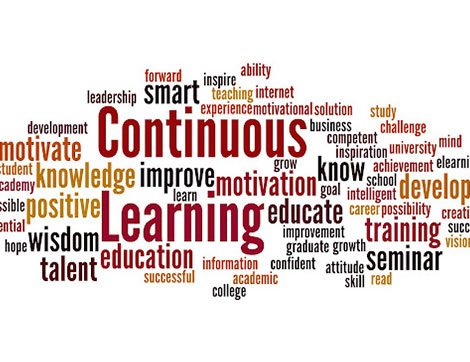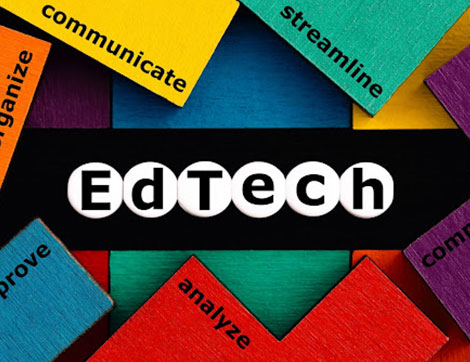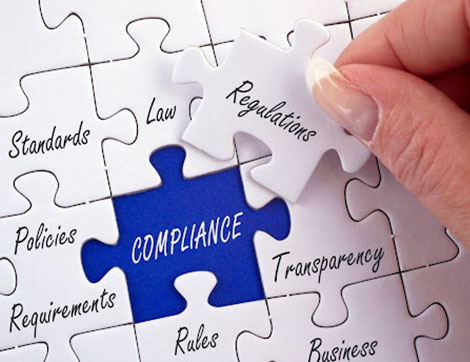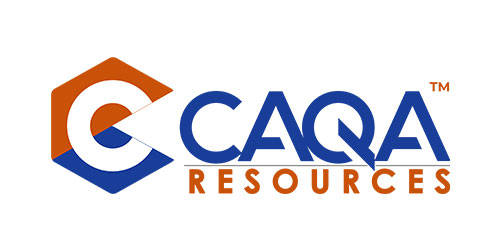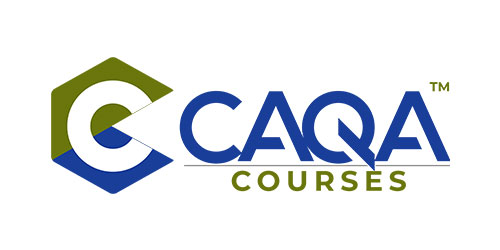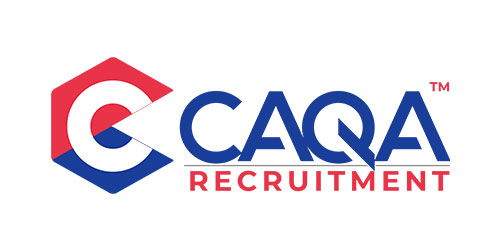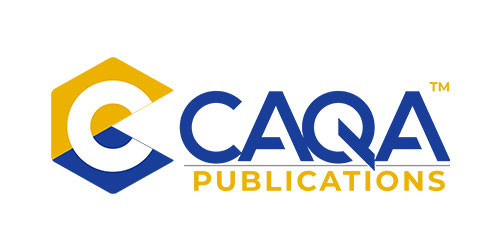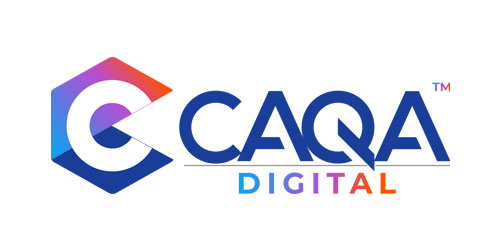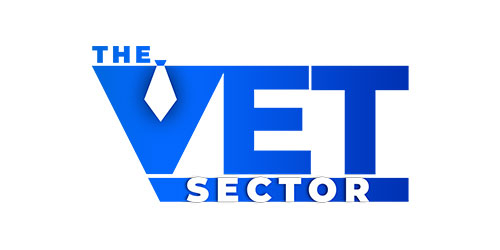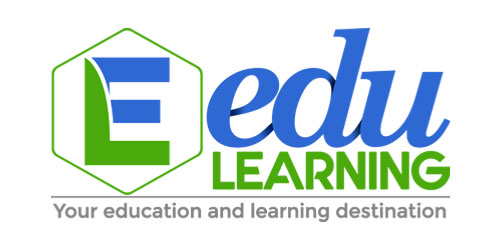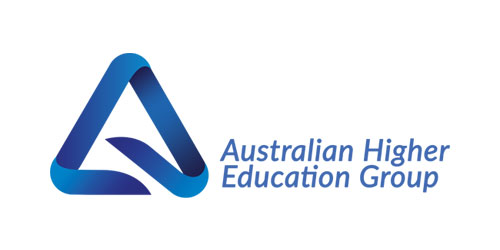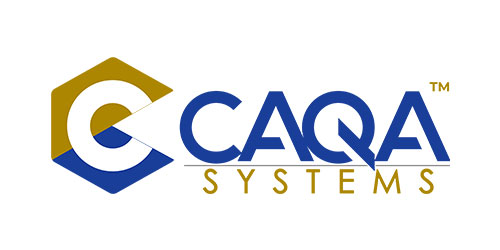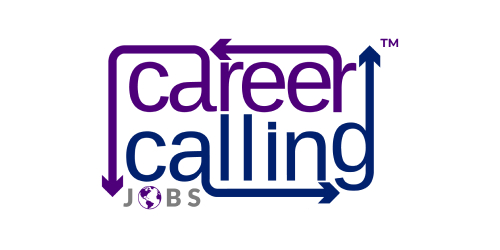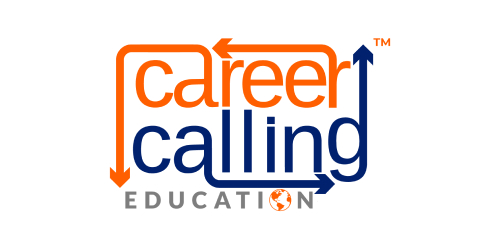
News
The authenticity of assessments is a term that is often used in the education sector. It is usually used to refer to how authentic or genuine a given assessment was. Although there are no clear-cut definitions for the authenticity of assessments, the following are two possible definitions:
- Authenticity means that a given assessment was created by a person who has knowledge and experience with the topic at hand.
- The authenticity of an assessment refers to how well it matches what students know and understand about the subject.
The authenticity of assessments in an online learning environment is a hot topic for many educators and learners. Invariably, there are questions about how to ensure that the assessments students submit are their own work.
An authentic assessment is one that can be submitted by the student and has very little or no human intervention or involvement post submission.
The authenticity of assessments is an important feature of the online learning environment. It can ensure that students are not copying work from other students and cheating on assessments.
Assessment in an online learning environment includes many different parts from formative to summative. For the purpose of this article, we will focus on what are authentic assessments and how to ensure that student submissions are authentic.
The authenticity of assessments is important for many reasons. It helps educators build trust with their students and it also helps students to reflect on their work.
Authenticity is found in four key areas:
- Student submitted work
- Student engagement
- Feedback from other students
- Clarity of expectations
There are also different types of assessment tools in terms of their authenticity levels: authentic, fake, and ambiguous assessments.
- Authentic assessments contain content that students have produced themselves;
- Fake assessments contain content that has been created by someone other than students,
- While ambiguous assessments still require students to produce their own content but with no clear distinction
What makes an assessment authentic?
Authentic assessments tap into multiple perspectives, such as applying theory to practice or looking at different ways of knowing that reflect the skills needed for today’s workforce. The use cases for authenticity include: preparing academic content; preparing learners for a job interview; assessing how well learners can apply theoretical concepts to real-world situations; and developing an authentic portfolio of work completed.
A few examples include:
- The student produces the answer without any help from outside sources,
- The student is able to use previous knowledge, skills, and experience to produce a solution,
- The assessment tests the students’ ability to apply their prior knowledge
The ways to assess the authenticity of assessments in an online environment
- Online assessments should follow the same standards as face-to-face tests to ensure their authenticity. Assessment tools can be used to confirm student submissions and ensure that they are submitted by themselves.
- One way to ensure that student submissions are authentic is by having them submit an original paper that has been edited and proofread before being submitted for assessment.
- Another good way to ensure authenticity is to make use of an online learning environment such as Moodle where it’s easy for students to submit their own work as well as track progress over time.
- Having access to plagiarism checking software is also helpful to assess the authenticity of the assessments
The other strategies include:
- Assessing the student in an exam format where they are completing the assessments in front of you using the formats, templates and structures you have provided
Online learning platform providers are faced with this challenge on a daily basis. When it comes to authenticity, there are two ways to achieve it.
- The first is to ensure that students submit their own work without any assistance from the platform provider or the instructor.
- The second is to have students submit work based on guidelines provided by instructors and their training organisational policy framework.
There are three main aspects that can be used to assess the authenticity of assessment – credibility, validity, and reliability.
- Credibility: A student should know that their work has been assessed by other people. This can be done through comments or grading tools for each submission.
- Validity: The outcome of the assessment should measure what it is supposed to measure. For example, if a student submits an essay on leadership skills, they should receive feedback about their essay’s content and grammar mistakes.
- Reliability: It shows how often assessments are delivered with similar results. This can be achieved through exam marking tools like rubrics or checklists that remind the teachers on what they need to assess and how.
 1800 961 980
1800 961 980 info@careercalling.com.au
info@careercalling.com.au


